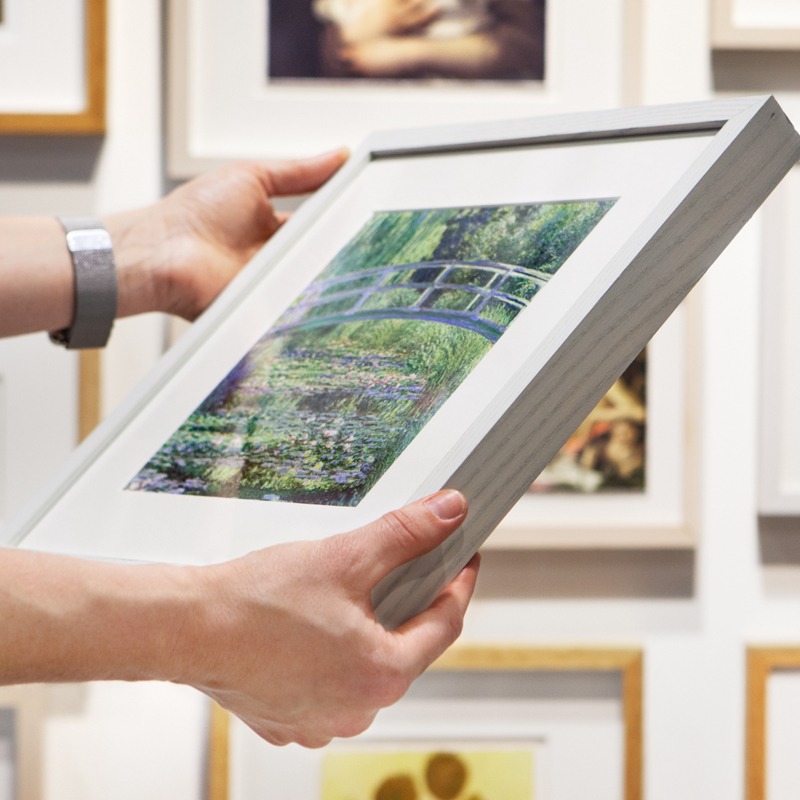Richard Parkes Bonington, 'An Estuary in Northern France', about 1825-7
About the work
Overview
It is likely that Bonington made this around 1825-7 at La Ferté, on the estuary of the river Somme in northern France. He probably painted it on location using a wet-in-wet technique – painting directly onto wet paint rather than building up layers or glazes over time – that enabled him to recreate the spontaneity of watercolour in oils. Broad horizontal brushstrokes evoke an expansive blue sky. Vertical strokes create a bank of clouds and a suggestion of rain in the distance. Some details, such as the seated woman on the right, may have been added later in the studio.
Bonington’s parents were English but he spent much of his life in France, travelling extensively in Normandy and Picardy. The freshness and immediacy of his painting was particularly admired by French artists, such as Eugène Delacroix, and later by the Impressionists. One of the most promising artists of his generation, he died aged only 25 in 1828.
Key facts
Details
- Full title
- An Estuary in Northern France, possibly that of the River Somme
- Artist
- Richard Parkes Bonington
- Artist dates
- 1802 - 1828
- Date made
- about 1825-7
- Medium and support
- oil on board
- Dimensions
- 16.7 × 27.9 cm
- Acquisition credit
- Accepted by HM Government in lieu of Inheritance Tax and allocated to the National Gallery, 2012
- Inventory number
- NG6619
- Location
- Room 39
- Collection
- Main Collection
- Frame
- 18th-century French Frame
Provenance
Additional information
This painting is included in a list of works with incomplete provenance from 1933–1945; for more information see Whereabouts of paintings 1933–1945.
Text extracted from the ‘Provenance’ section of the catalogue entry in Sarah Herring, ‘National Gallery Catalogues: The Nineteenth Century French Paintings’, vol. 1, ‘The Barbizon School’, London 2019; for further information, see the full catalogue entry.
Exhibition history
-
2009Corot to Monet: A Fresh Look at Landscape from the CollectionThe National Gallery (London)8 July 2009 - 20 September 2009
-
2013Through European Eyes: The Landscape Oil SketchThe National Gallery (London)6 February 2013 - 28 April 2013
Bibliography
-
2014National Gallery, The National Gallery: Review of the Year, April 2012 - March 2013, London 2014
-
2019Herring, Sarah, National Gallery Catalogues: The Nineteenth Century French Paintings, 1, The Barbizon School, London 2019
About this record
If you know more about this painting or have spotted an error, please contact us. Please note that exhibition histories are listed from 2009 onwards. Bibliographies may not be complete; more comprehensive information is available in the National Gallery Library.


